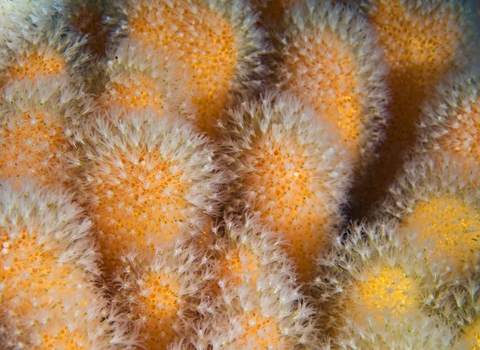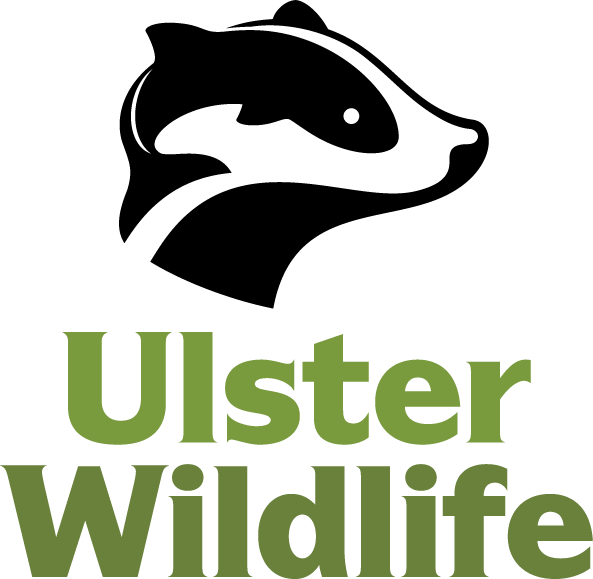
Dead man's fingers ©Linda Pitkin/2020VISION

Dead man's fingers ©Alex Mustard/2020VISION
Dead man's fingers
These gruesome sounding creatures are actually a type of coral! They get their name as they branch out into lobes as they grow - making them look like fingers on a hand.
